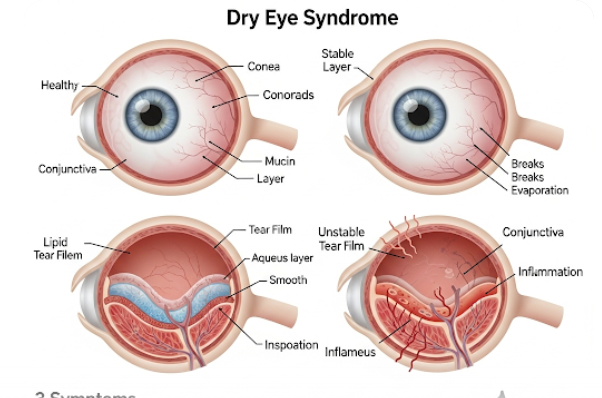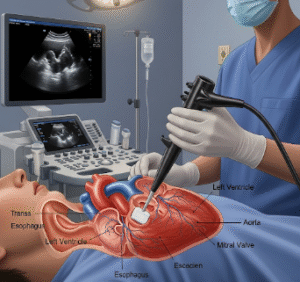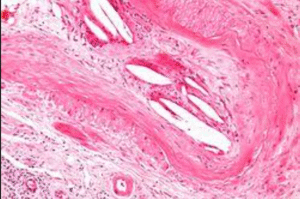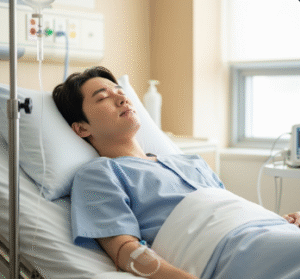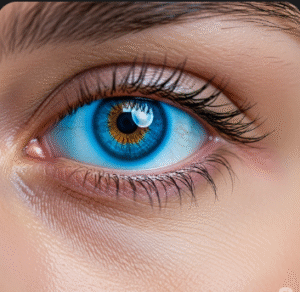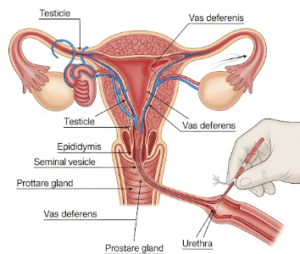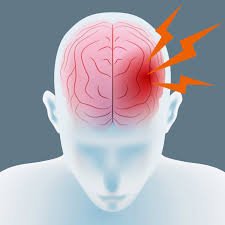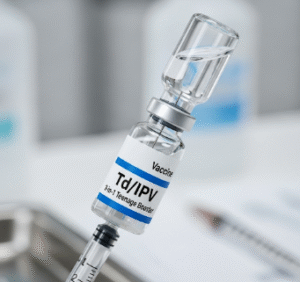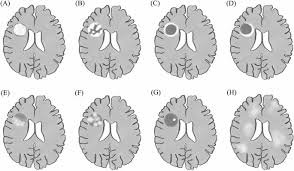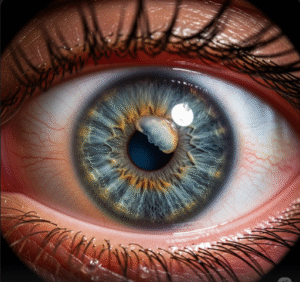Overview
Dry Eye Syndrome (DES) is a common condition where the eyes do not produce enough tears or when the tears evaporate too quickly, leading to irritation, discomfort, and vision problems. It is particularly prevalent in countries like Korea due to factors such as high screen time, pollution, use of contact lenses, and aging populations.
In Korea, ophthalmology clinics and advanced eye hospitals offer specialized care for dry eye syndrome. Treatments range from lifestyle modifications and lubricating eye drops to advanced procedures like punctal plugs, autologous serum eye drops, and laser therapies. Korean eye specialists also use modern diagnostic tools, such as tear film analysis, meibography, and ocular surface staining, to provide personalized treatments.
What is Dry Eye Syndrome?
Dry Eye Syndrome occurs when the eyes lack sufficient lubrication, either because of reduced tear production or poor tear quality. Tears are essential for maintaining eye health, protecting against infections, and ensuring clear vision.
Symptoms
- Persistent dryness, burning, or stinging in the eyes
- Redness and irritation
- Sensitivity to light (photophobia)
- Blurred vision or fluctuating vision
- Watery eyes (reflex tearing due to irritation)
- Feeling of grit or a foreign body in the eyes
- Eye fatigue, especially after reading or screen use
Causes
Dry eye syndrome can be caused by multiple factors:
- Aging (tear production decreases with age)
- Excessive screen time (reduced blinking while using computers or smartphones)
- Contact lens wear
- Environmental factors: wind, air pollution, dry climate, air conditioning
- Medical conditions: autoimmune diseases (e.g., Sjögren’s syndrome, rheumatoid arthritis, lupus)
- Medications: antihistamines, antidepressants, blood pressure medicines
- Hormonal changes (common in postmenopausal women)
- Eye surgeries (e.g., LASIK) that affect tear glands
Risk Factors
- Older adults (especially over 50)
- Women (due to hormonal influence)
- People with autoimmune diseases
- Heavy digital device users
- Smokers and those exposed to environmental irritants
- Contact lens users
Complications
If left untreated, dry eye syndrome may lead to:
- Chronic eye discomfort
- Eye infections due to lack of protective tears
- Damage to the corneal surface (corneal ulcers or scarring)
- Reduced quality of vision and daily productivity
Prevention
- Taking frequent breaks during screen time
- Using artificial tears regularly
- Maintaining good indoor humidity levels
- Wearing protective glasses outdoors
- Avoiding smoke, pollution, and direct airflow (fans, AC)
- Regular eye check-ups in Korea, especially for at-risk patients
Treatment Options in Korea
Diagnosis
Korean eye clinics use advanced diagnostic tools for precise evaluation:
- Schirmer’s test (measures tear production)
- Tear film breakup time (TBUT) (measures tear evaporation rate)
- Meibography (examines oil-producing glands in eyelids)
- Ocular surface staining with special dyes to assess damage
Medical Treatments
- Artificial tears (lubricating eye drops, gels, ointments)
- Anti-inflammatory eye drops (cyclosporine, lifitegrast)
- Antibiotic eye drops for eyelid inflammation (blepharitis)
- Omega-3 supplements for better tear quality
Advanced Therapies in Korea
- Punctal plugs: Tiny devices inserted into tear ducts to retain tears
- Autologous serum eye drops: Made from the patient’s own blood to heal severe dry eyes
- Scleral contact lenses: Protect the eye surface and retain moisture
- Intense Pulsed Light (IPL) therapy: Used in Korean eye clinics to treat meibomian gland dysfunction
- LipiFlow® treatment: Heat and massage therapy for oil gland blockages
Surgical or Advanced Interventions
- Tear duct cauterization: Permanently closing tear drainage ducts in severe cases
- Corrective eyelid surgery (if eyelid position affects tear distribution)
Rehabilitation and Support
- Patient education on lifestyle modifications
- Counseling for those with chronic symptoms
- Support groups for autoimmune disease-related dry eye patients
- Regular monitoring at specialized Korean ophthalmology centers

